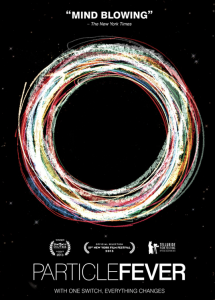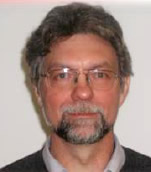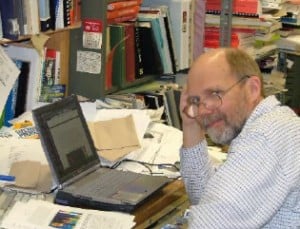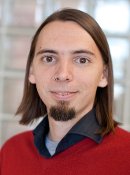 Work on “Flipped Faculty Development” by Mike Meyer and Jeff Toorongian of the William G. Jackson Center for Teaching and Learning has been recognized as a finalist for the national POD innovation award.
Work on “Flipped Faculty Development” by Mike Meyer and Jeff Toorongian of the William G. Jackson Center for Teaching and Learning has been recognized as a finalist for the national POD innovation award.
POD, the Professional and Organizational Development network, has been one of the premiere faculty development organizations since 1976. Meyer will travel to Dallas to present the work and attend an awards dinner where a single winner will be selected from among the finalists.




